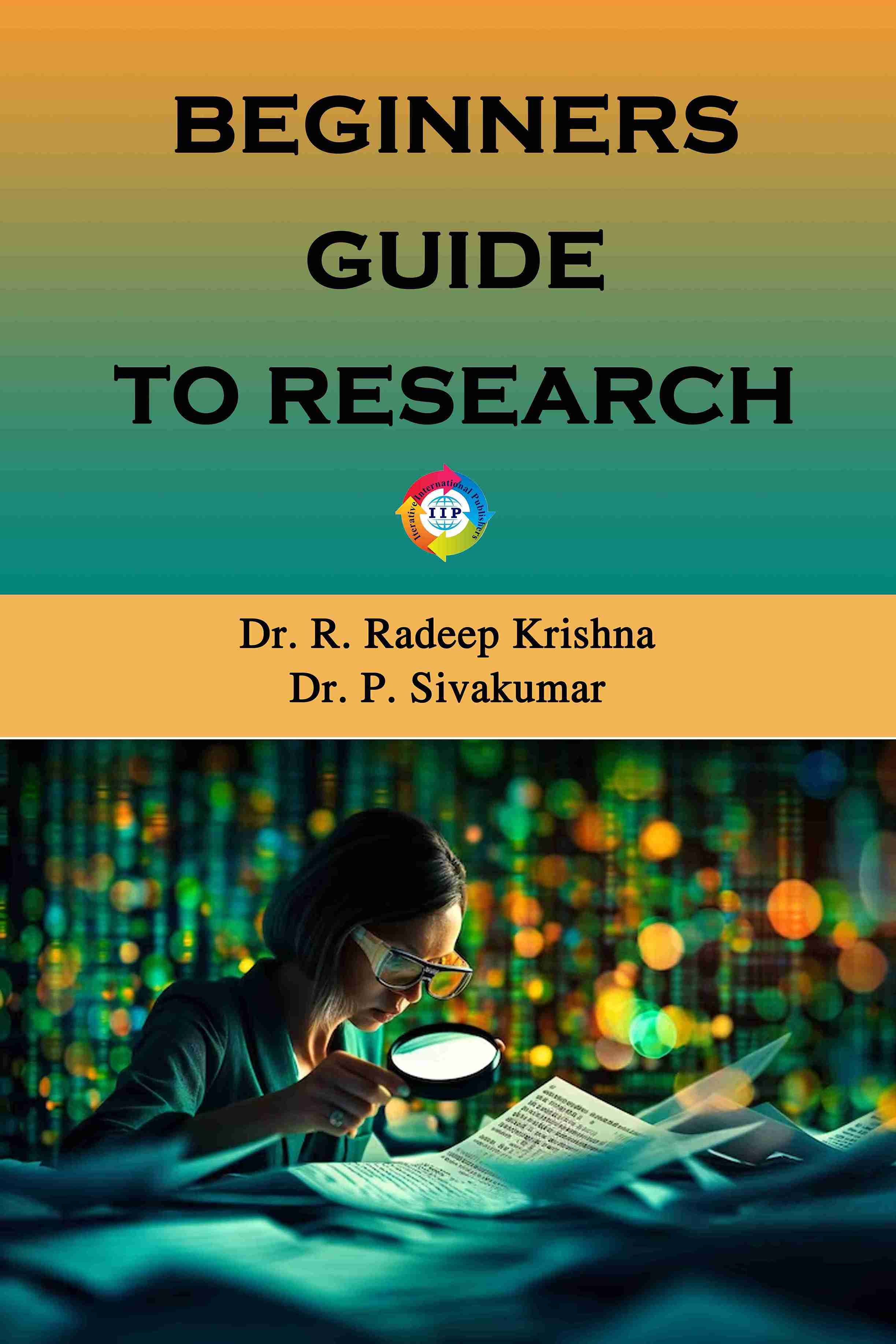
Ruthenium(II) Polypyridyl Complexes: DNA Binding, Cytotoxicity, Cell Cycle Arrest and Anticancer Activity
-
TypePrint
- CategoryAcademic
- Sub CategoryReference Book
- StreamResearch and Development
The development of new therapies for cancer remains one of the most pressing challenges in modern medicine. Among the innovative approaches emerging in recent years, the application of ruthenium complexes stands out for its potential to revolutionize cancer treatment. This book, "Ruthenium(II) Polypyridyl Complexes: DNA Binding, Cytotoxicity, Cell Cycle Arrest, and Anticancer Activity" represents a significant milestone in consolidating our understanding of these promising compounds and their biomedical applications.
The journey into the realm of ruthenium complexes begins with a comprehensive introduction to the principles underlying cancer chemotherapy and the fundamental characteristics of nucleic acids, with a specific focus on DNA. The initial chapters explore the structural nuances of DNA and its various conformations, laying the groundwork for understanding how ruthenium complexes interact with DNA at a molecular level.
Central to this exploration are the methods employed to study ruthenium complexes. Detailed in the "Materials and Methods" section, these methodologies encompass the synthesis of starting materials, ligands, and metal complexes essential for the investigation. The section also elaborates on the physical measurements used to characterize these complexes, along with sophisticated techniques such as DNA-binding experiments and DNA photocleavage assays using agarose gel electrophoresis. Biological activity studies, including in-vitro cytotoxicity assessments using advanced techniques like flow cytometry and live cell confocal microscopy, underscore the practical implications of ruthenium complexes in cancer therapy.
In the subsequent "Results and Discussion" section, the empirical findings are presented and analyzed. From spectroscopic characterizations to detailed examinations of DNA binding and photocleavage, the chapters delve into the multifaceted activities of ruthenium complexes, including their antimicrobial and anticancer properties. Highlighted are their abilities to induce apoptosis and disrupt cancer cell cycle progression, supported by molecular docking studies that provide insights into their mechanisms of action.
The conclusions drawn from these studies not only validate the potential of ruthenium complexes but also outline their future prospects and challenges. The scope of their application in biomedicine extends beyond oncology, offering possibilities in areas such as antimicrobial therapy and molecular imaging.
This book is a collaborative effort that brings together contributions from researchers across disciplines, reflecting the collective endeavor to harness the unique properties of ruthenium for therapeutic purposes. It serves as a resource for scientists, clinicians, and students alike, fostering a deeper understanding of metal-based drugs and their transformative impact on healthcare.
**Note: IIP Store is the best place to buy books published by Iterative International Publishers. Price at IIP Store is always less than Amazon, Amazon Kindle, and Flipkart.




COMMENTS
No Review found for book with Book title. Ruthenium(II) Polypyridyl Complexes: DNA Binding, Cytotoxicity, Cell Cycle Arrest and Anticancer Activity